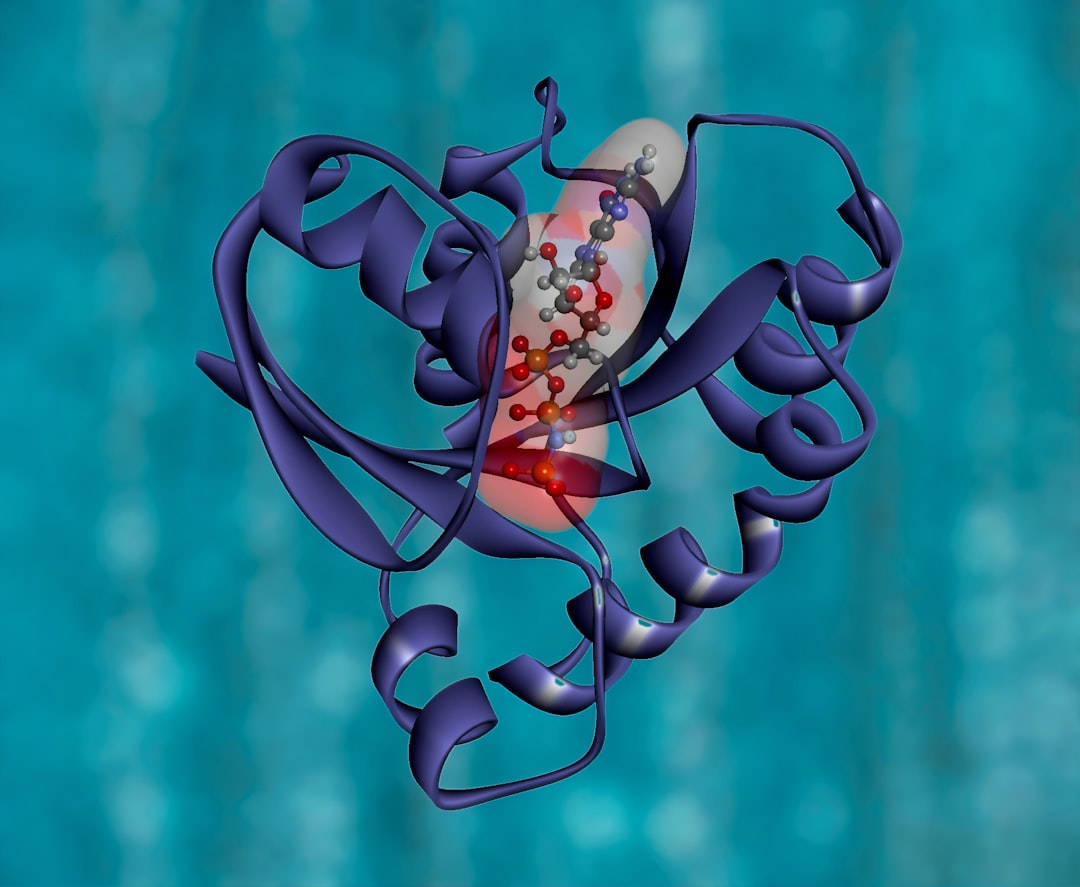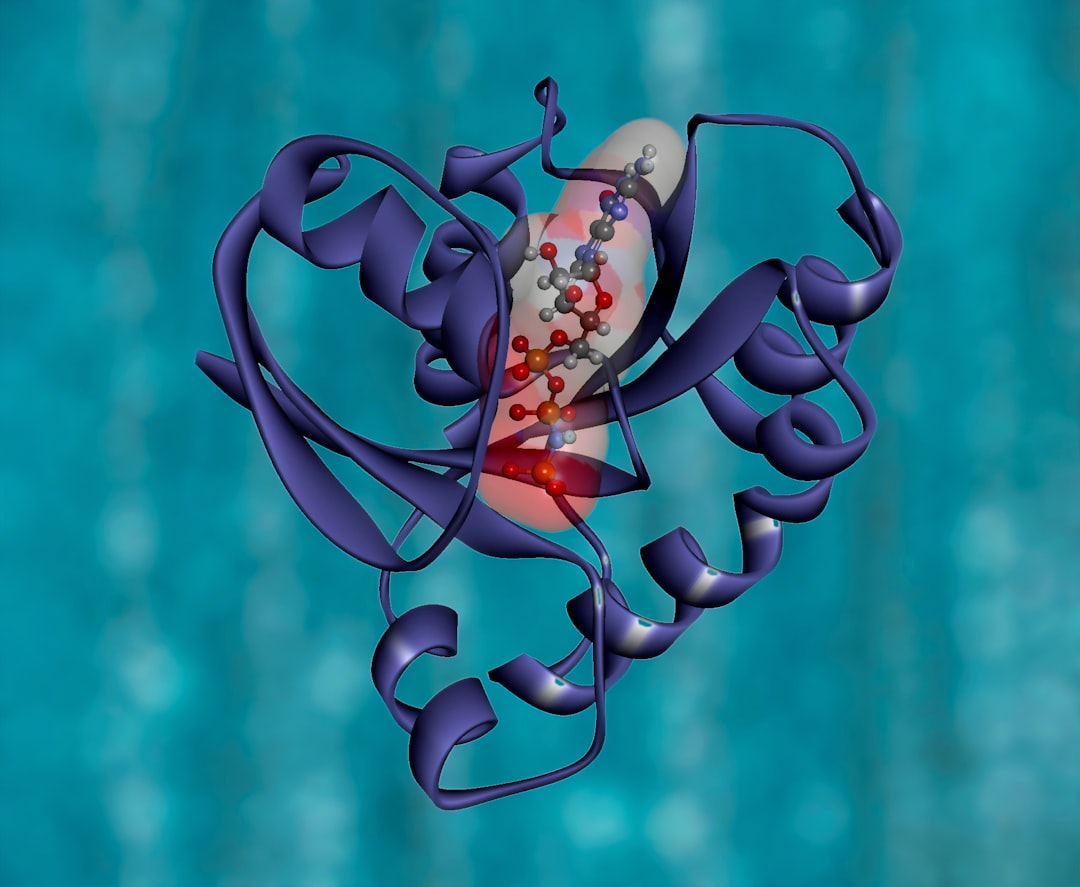What is it about?
A pair of diastereomeric salen cavitands and their uranyl complexes combine a chiral (R,R) salen bridge and an inherent chiral tris-bridged quinoxaline cup within the same molecule. Whereas the free ligands show a preference for the same enantiomer of an α-amino acid pair, the corresponding UO2 complexes display opposite enantiodiscrimination and exceptionally high enantioselectivities (KD/KL = 26.4)
Featured Image
Why is it important?
the possibility to recognise chiral molecules with supramolecular assembly is a bugeorning field with possible application in catalysis and sensing
Perspectives
Supramolecular chiral hosts are similar, from a geometric point of view, to enzyme, thus the development of similar receptors pave the way to the realization of artificial enzymes
Dr Giuseppe Trusso Sfrazzetto
University of Catania
Read the Original
This page is a summary of: Pair of Diastereomeric Uranyl Salen Cavitands Displaying Opposite Enantiodiscrimination of α-Amino Acid Ammonium Salts, The Journal of Organic Chemistry, August 2012, American Chemical Society (ACS),
DOI: 10.1021/jo301098d.
You can read the full text:
Resources
Contributors
The following have contributed to this page










